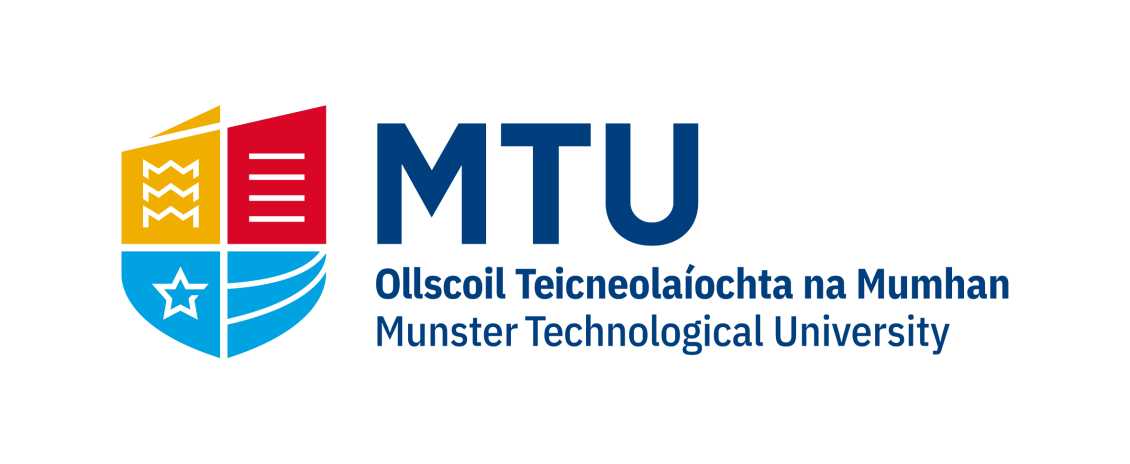How to Write a Graduate CV
Monday, April 19, 2021

Are you searching for a graduate accountancy role? The MTU Careers Office shares their top CV tips below:
- Consider the overall attractiveness of your CV – Layout, Structure, Content & Design
- Include some visual elements when creating your CV in Word or choose a professional template that is suitable to the type of organisation you’re applying to.
- A strong personal statement has impact.
- Focus on 3 key areas including education, work experience & direction. Think about; ‘Where am I now?’, ‘What do I have to offer?’ & ‘Where do I want to go?’. Most importantly, align your statement to the role you’re applying to!
- Tailoring is a must.
- Adjust your CV structure/flow & content to the role you’re applying to.
- Include keywords from the job description. Also research the skills needed in the sector & the values of the organisation & include these throughout your CV.
- Does your CV show how you connect to the role as well as the organisation?
- Ensure your technical/professional skills are obvious.
- Include a section for these skills on the first page of your 2-page CV.
- Data provides context & proof of the value you add.
- Its important to include metric achievements & numerical context in your CV from the number of members in a team to targets achieved in work settings or relevant project finsings.
- Highlight your progression & additional responsibilities from work
- Progression & taking on additional responsibilities in any job emphasises your capabilities to potential employers.
- Be aware of Automatic Tracking Systems (ATS)
- A robot may be reviewing your CV! Avoid using text in the header/footer, using tables or templates with too many graphics or your CV could be rejected by an ATS.
Click here to find out how the CPA Qualification can boost your chances of secruing a graduate accountancy role.